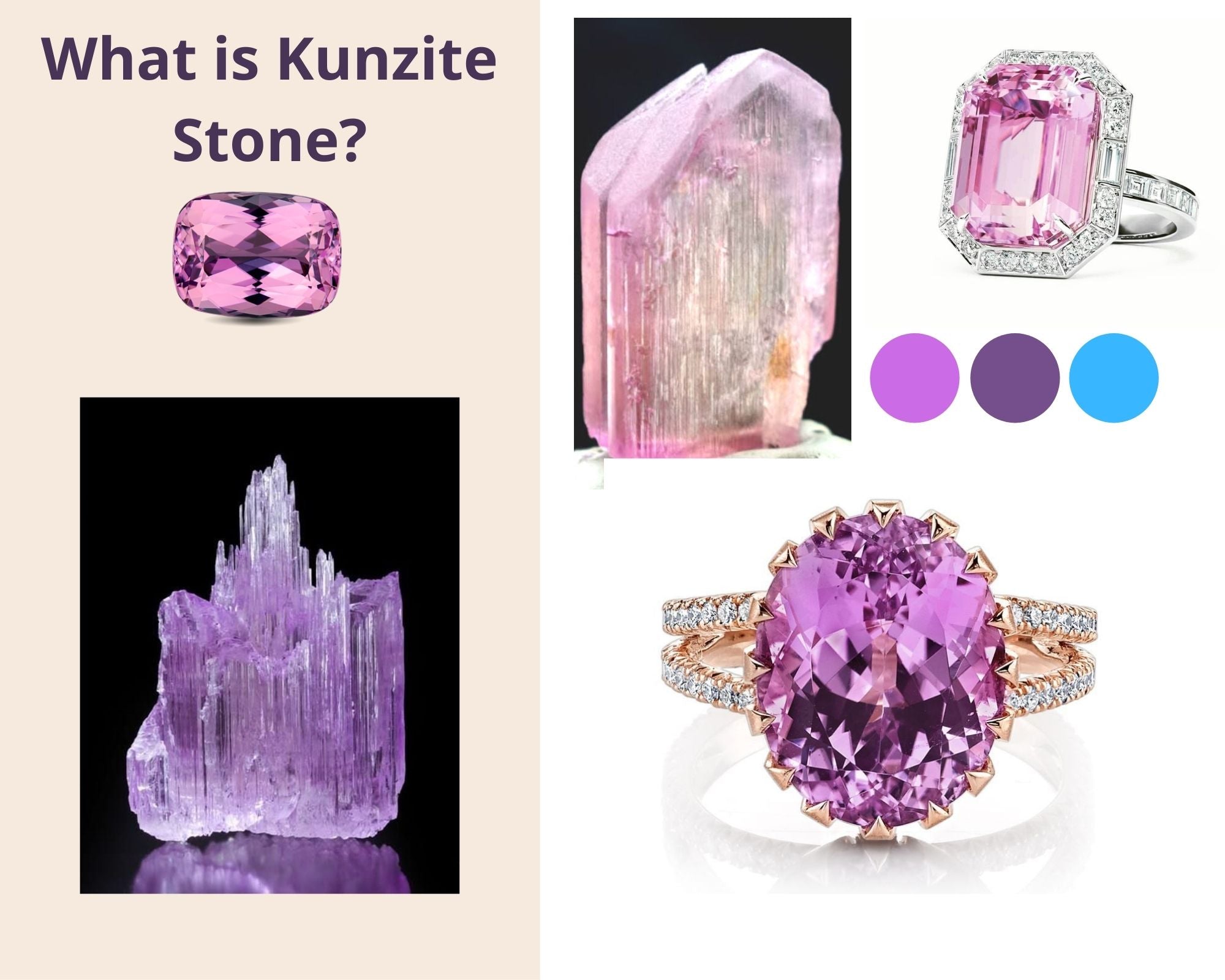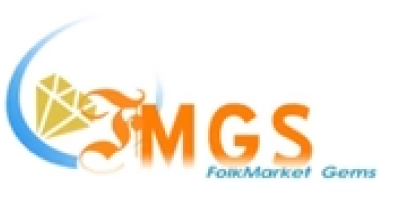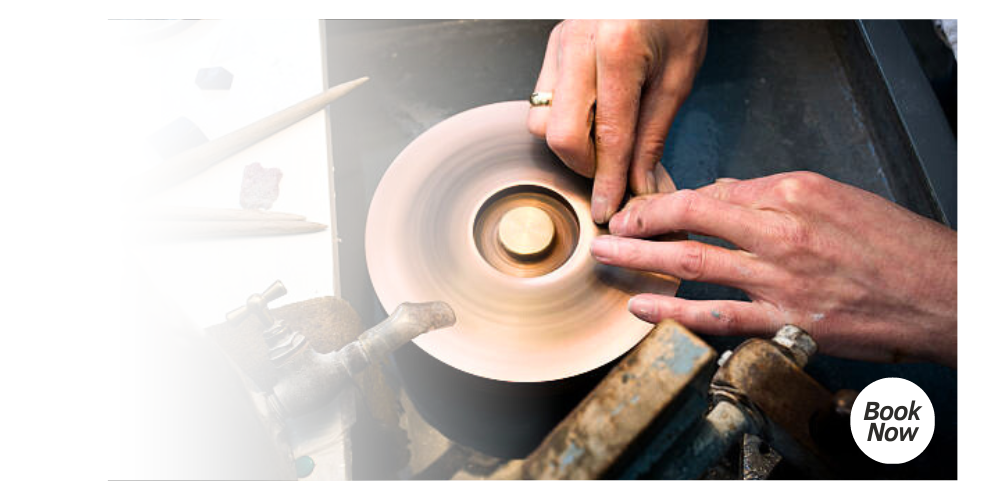Home
Learn Natural Gemstones, Minerals, Crystals Info, News, Tips, Researches
Interesting Facts about Kunzite Stones

Interesting Facts about Kunzite Stones
Kunzite serves as the trade name for the pink variety of spodumene, characterized by its lithium-rich composition, sensitivity to heat, and strong pleochroism. This variety, first detailed by the Portuguese-Brazilian mineralogist José Bonifácio de Andrada e Silva (1763-1838), displays a notable pink hue. In the images, an etched kunzite gem crystal from Dara-i-Pech, Afghanistan, is showcased (photo credit: Joe Budd © The Arkenstone, www.iRocks.com). Additionally, Jean Schlumberger's Bird on a Rock brooch featuring an emerald-cut kunzite is History of Kunzite

"In the images, a meticulously carved kunzite gem crystal from Dara-i-Pech, Afghanistan, captured by Joe Budd © The Arkenstone, www.iRocks.com; alongside Jean Schlumberger's Bird on a Rock brooch adorned with an emerald-cut kunzite © Tiffany & Co."
History of Kunzite
Kunzite found in the range of colors pink to light violet is a type of Pyroxene mineral called spodumene. Spodumene is composed of lithium aluminum inosilicate. Initially,it was discovered in the USA. It was named kunzite after George Frederick Kunz (1856 - 1932) who was an American mineralogist and the vice president and buyer of Tiffany & Company. He was a well known mineralogist and gemologist. Kunz was the first person who described the Kunzite stone in 1902.

The term "Kunzite" pays tribute to George Frederick Kunz (1856-1932), a renowned American mineralogist and gemologist. Devoted to his passion, Kunz worked for Tiffany & Co. from 1877 throughout his lifetime. In 1902, he formally described the pink variety of spodumene, naming it Kunzite, after discovering it at the famous Pala pegmatite in California, USA. Kunzite is also found in pegmatites in various locations, including Brazil, Mozambique, Madagascar, and Afghanistan. Occasionally, it presents itself as exquisite collector's mineral specimens, which are particularly useful for demonstrating pleochroism to students.
Kunzite usually fades away in sunlight. Because of this characteristics of Kunzite, it is given name as " evening gemstone". Extra caution is necessary when displaying Kunzite stones in windows or using them in gemstone jewelry. Despite being initially discovered in the USA, the primary sources of Kunzite today are Brazil, Afghanistan, and Pakistan.
Kunzite shares a close relation with hiddenite, which is the yellow-green variant within the spodumene gemstone family. Yellow spodumene was discovered by American mineralogist, W.E.Hidden. Spodumene other colors are grey, green, yellow, pink, purple, blue.

Kunzite a Source of Lithium
Kunzites, sourced from pegmatites, serves as a valuable source of lithium. Lithiumis used in medicines for anxiety and depression, ceramics, automotive batteries and mobile phones.
Facts about Kunzite
|
Mineral |
Spodumene |
|
Chemical composition |
LiAlSi2O6 |
|
Color |
Pink-violetish purple, light-intense |
|
Refractive index |
1.660 to 1.676 |
|
Birefringence |
0.014 to 0.016 |
|
Specific gravity |
3.18 |
|
Mohs hardness |
6.5 to 7.0 |
Types of Crystals Structure and How Crystal are formed? Crystal and Minerals Identification Read More.......
KUNZITE BIRTHSTONES & ANNIVERSARIES
Kunzite is regarded as an alternative birthstone for February besides Amethyst. In addition to its decorative purposes, Kunzite serves as a valuable source of lithium, which is utilized in medical applications. But Kunzite is a delicate gemstone, so prolonged exposure to sunlight can cause the stone to fade. Cutting of Kunzite is often challenging due to strong cleavage and pleochroism. Nevertheless, Kunzite is a popular choice for crafting pendants and ornamental pieces.
It is also prominently featured in various forms of jewelry, including rings, necklaces, and other accessories. Different cutting techniques are applied to create variations such as cabochons and beading. Recently, Kunzite has gained recognition as a highly sought-after gemstone due to its attractive pink to purple hues and large crystal formations with minimal inclusions.
Where Kunzite is Used?
As previously mentioned, Kunzite serves as a source of lithium for medicinal purposes. It is revered as an ornamental stone, possessing delicate beauty as a gem. However, prolonged exposure to light can cause it to fade. Additionally, Kunzite exhibits strong cleavage and pleochroism.

Hence, cutting Kunzite is generally avoided. Instead, it is often fashioned into pendants or utilized in creating sizable ornamental pieces. Kunzite finds its place in various forms of jewelry like rings, necklaces, and other accessories. Cabochons and beads are also fashioned from Kunzite.
In recent times, Kunzite has gained significant popularity as a coveted gemstone. Exhibiting hues ranging from pink to purple, Kunzite typically manifests in large crystals, sometimes featuring minor inclusions.
Kunzite Location
Kunzite is found in various locations worldwide, including Afghanistan, Pakistan, Brazil, Madagascar, Mozambique, and in the U.S. (specifically in California and Maine).
Treatments of Kunzite
To enhance its color, natural Kunzite, which typically comes in very light shades, is subjected to treatments such as heating or irradiation.





